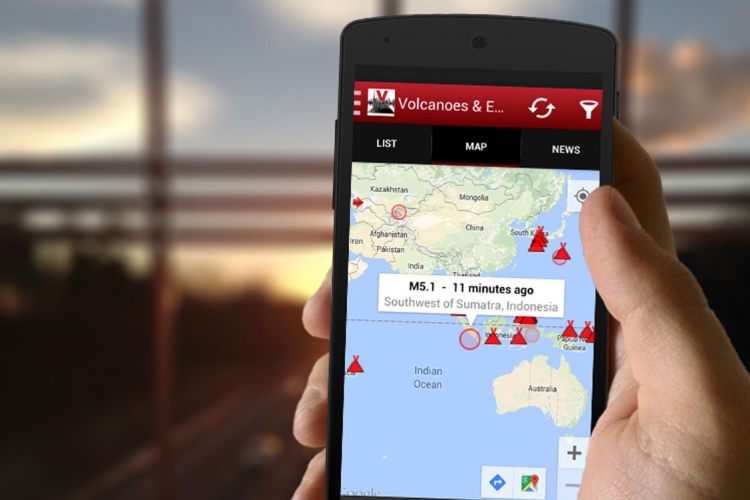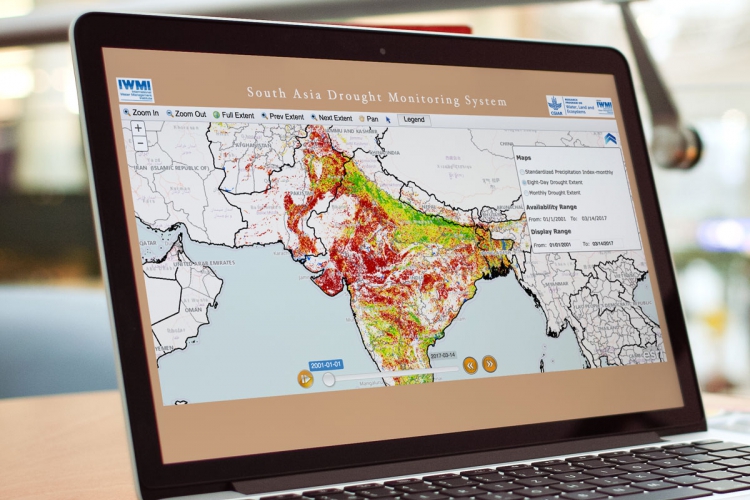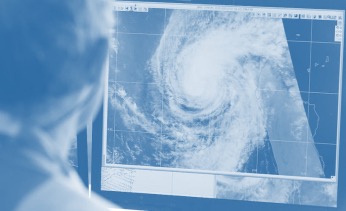E-Resilience: Preparedness
Disaster preparedness refers to measures taken to prepare for and reduce the effects of disasters. That is, to predict and, where possible, prevent disasters, mitigate their impact on vulnerable populations and critical ICT infrastructure, and respond to and effectively cope with their consequences. The E-Resilience Toolkit offers insights into a spectrum of available ICT tools and best practices that may benefit policymakers, DRM professionals and vulnerable communities in Asia and the Pacific to enhance e-resilience and disaster risk management in the context of preparedness.
Displaying 1 - 7 of 42 tools and best practices relevant to preparedness.
-
The Nepal Multi Level Risk Assessment For Flood system provides an interactive interface to analyze historical disaster event and loss database.
-
The forest fire detection and monitoring system for Bhutan facilitates data acquisition, processing and reporting of fire location information automatically.
-
The DART real-time tsunami monitoring systems positioned throughout oceans play a key role in tsunami forecasting.
-
The Volcanoes & Earthquakes smartphone application shows the latest earthquakes and active volcanoes to vulnerable communities in the region.
-
The smartphone application Arko aims to provides information on major rains, typhoons and floods in the Philippines.
-
The Nationwide Operational Assessment of Hazards is a multidisciplinary research center with the goal of helping reduce the impacts of hazards.
-
The South Asia Drought Monitoring system provides a weekly map that reflects drought conditions in the South Asia subregion.












